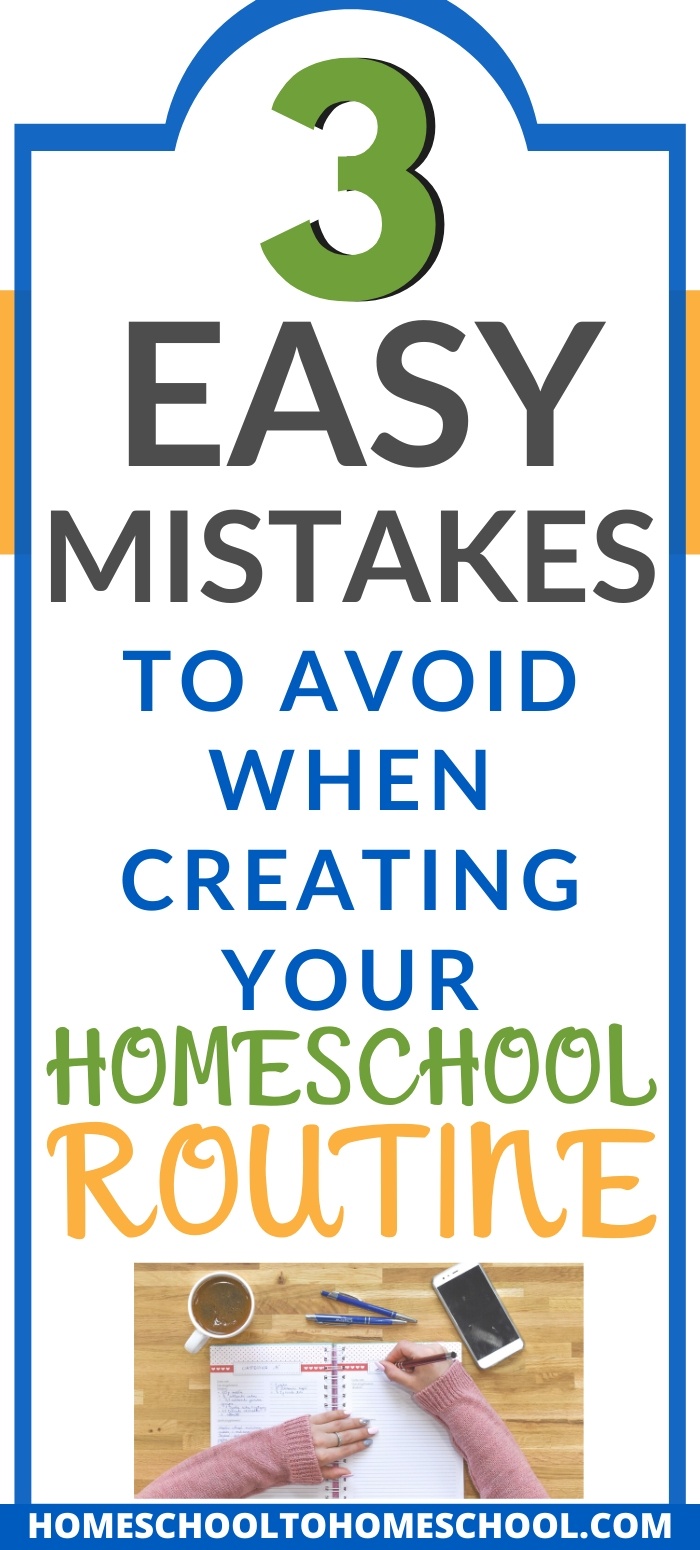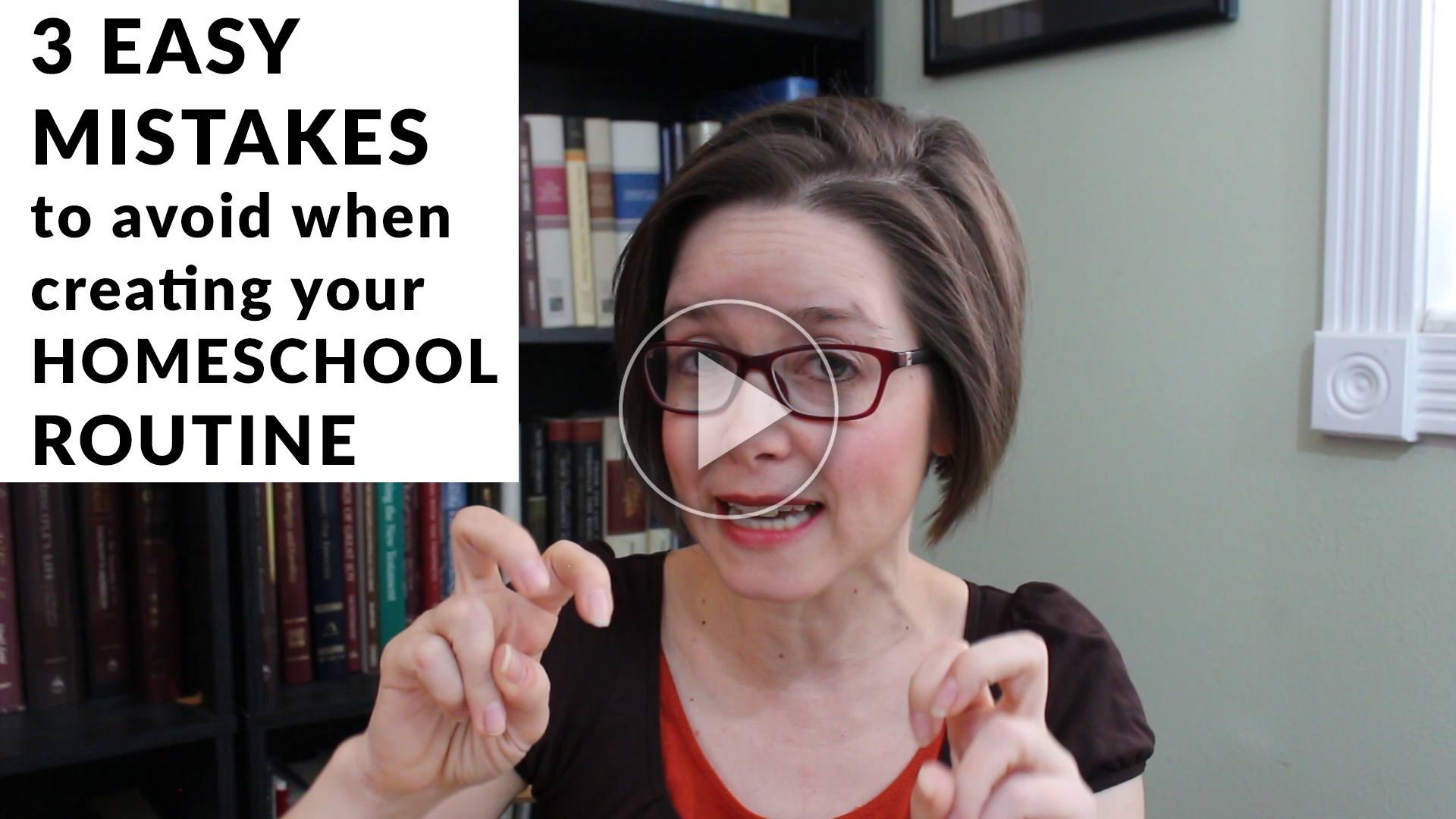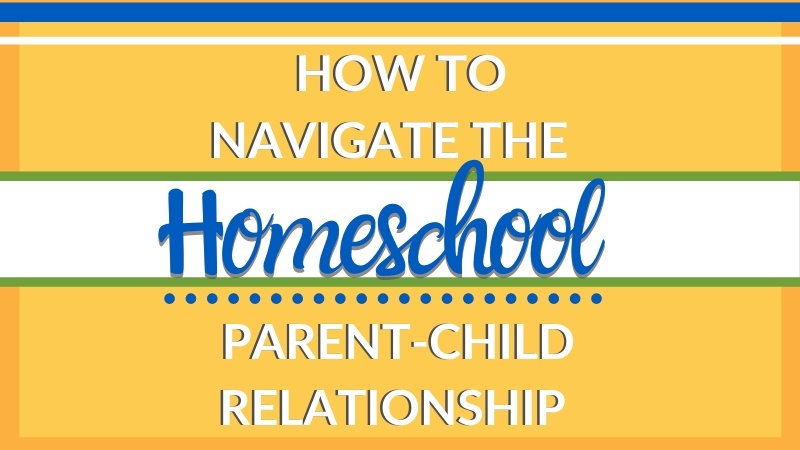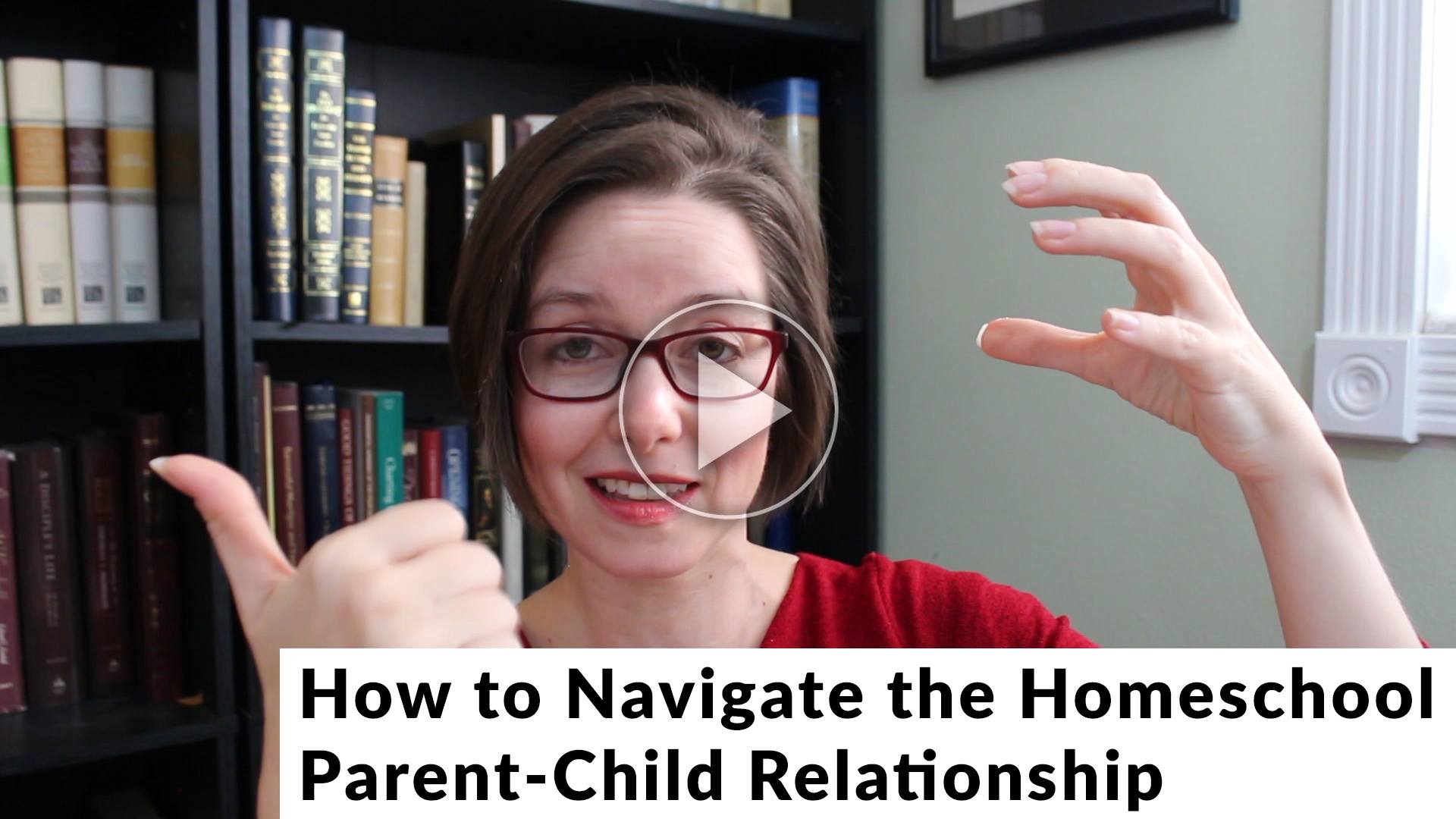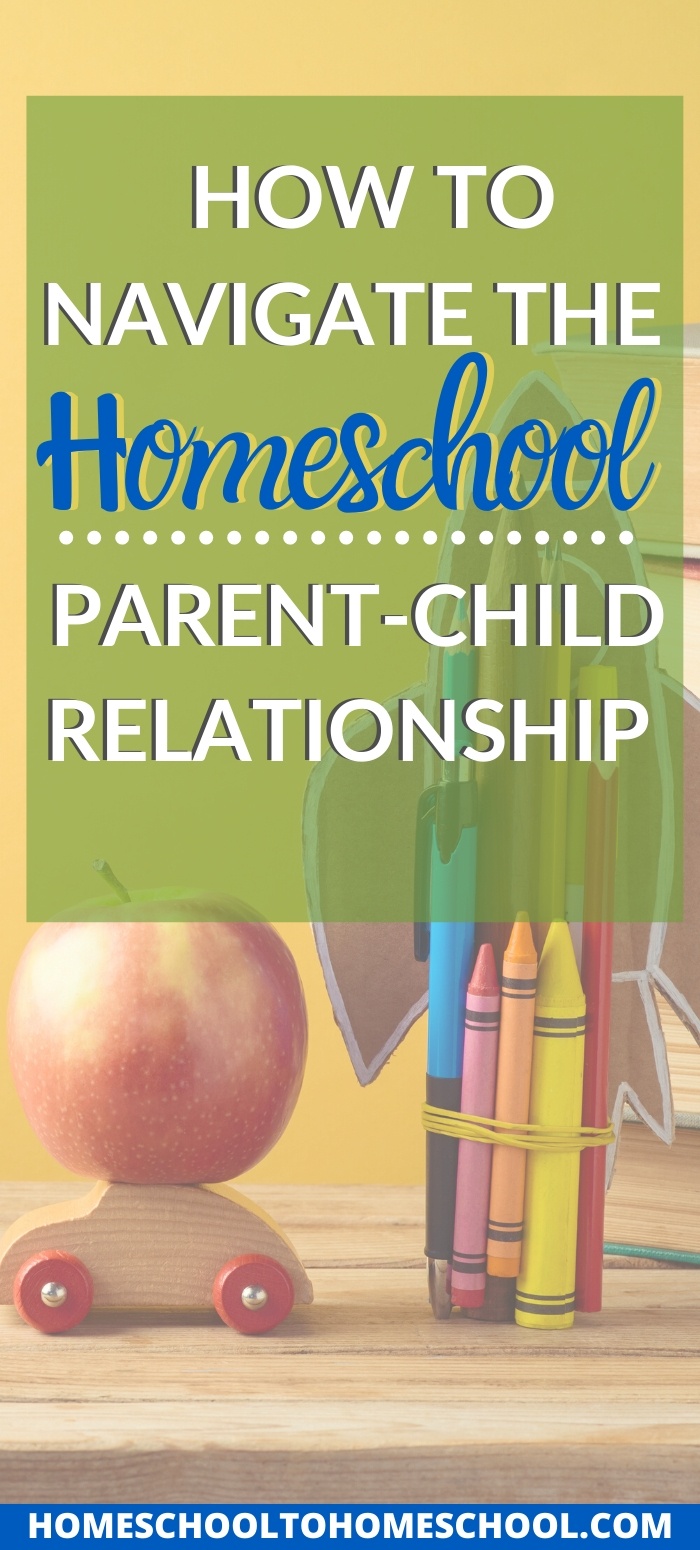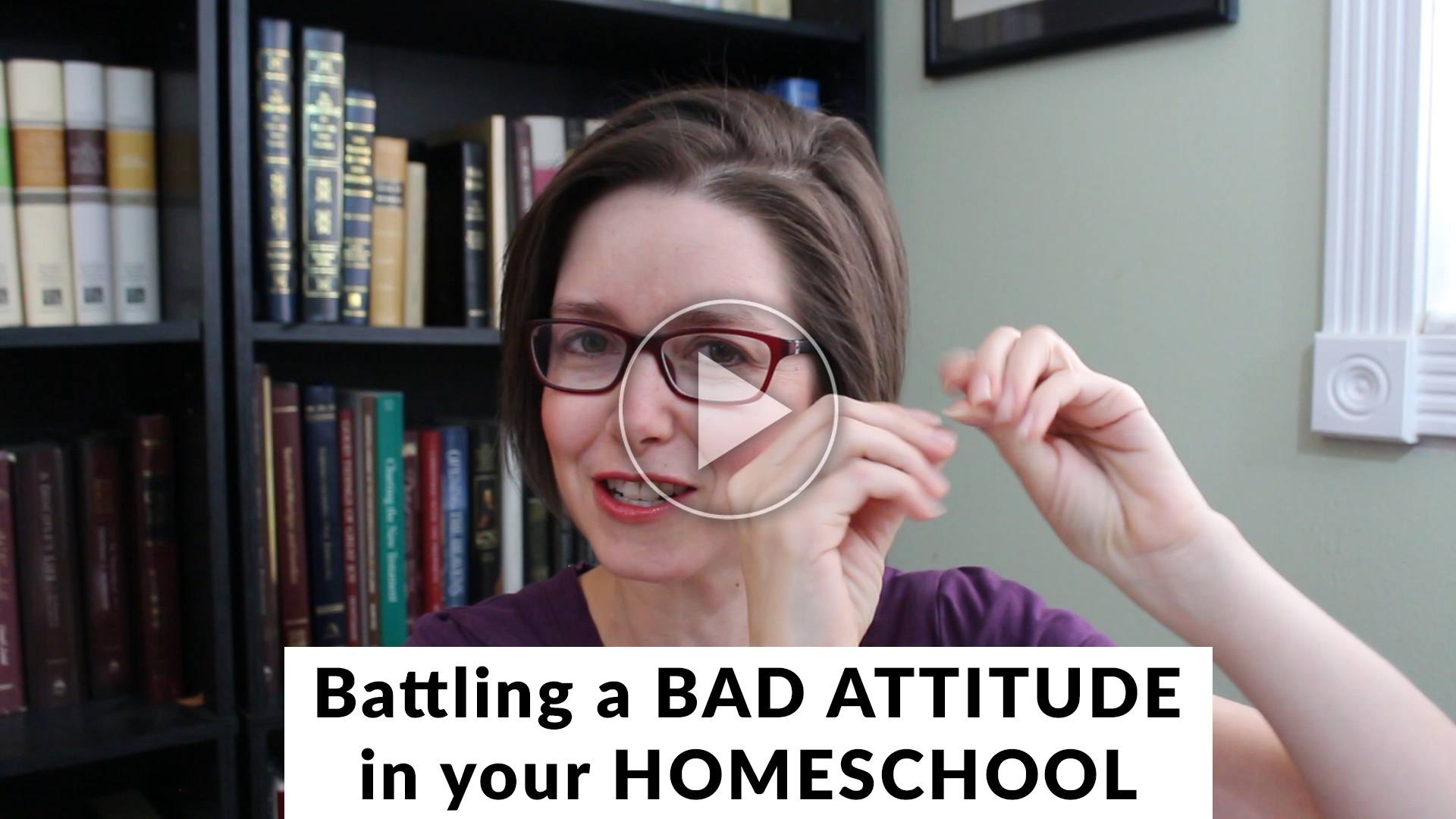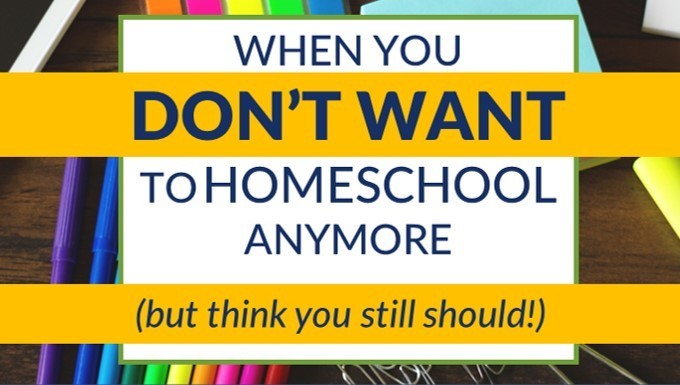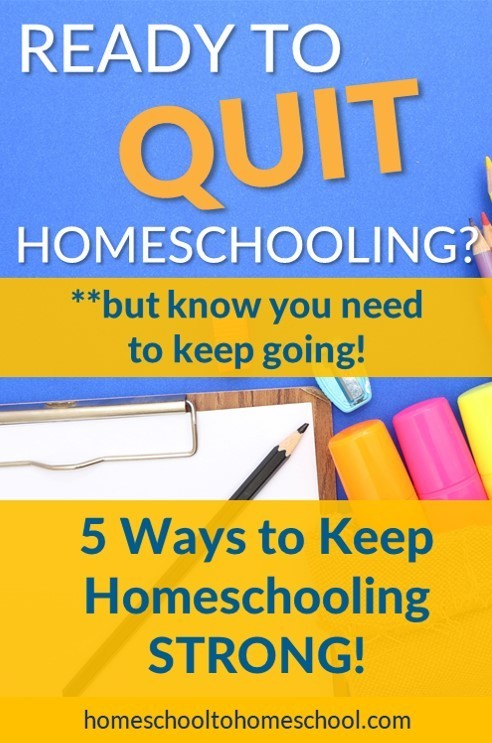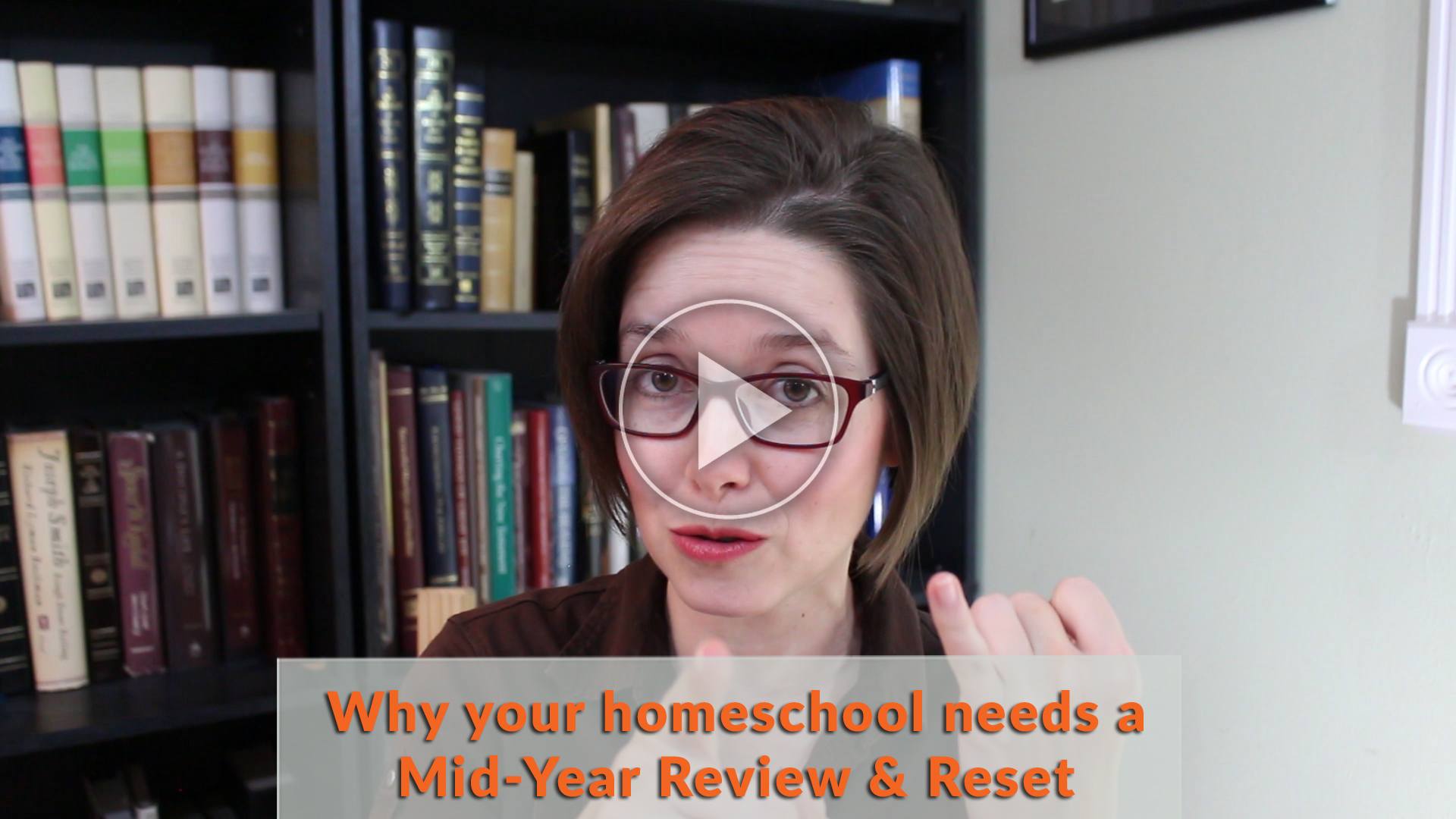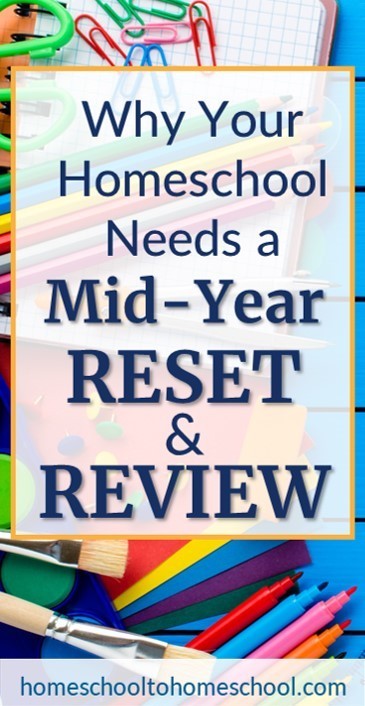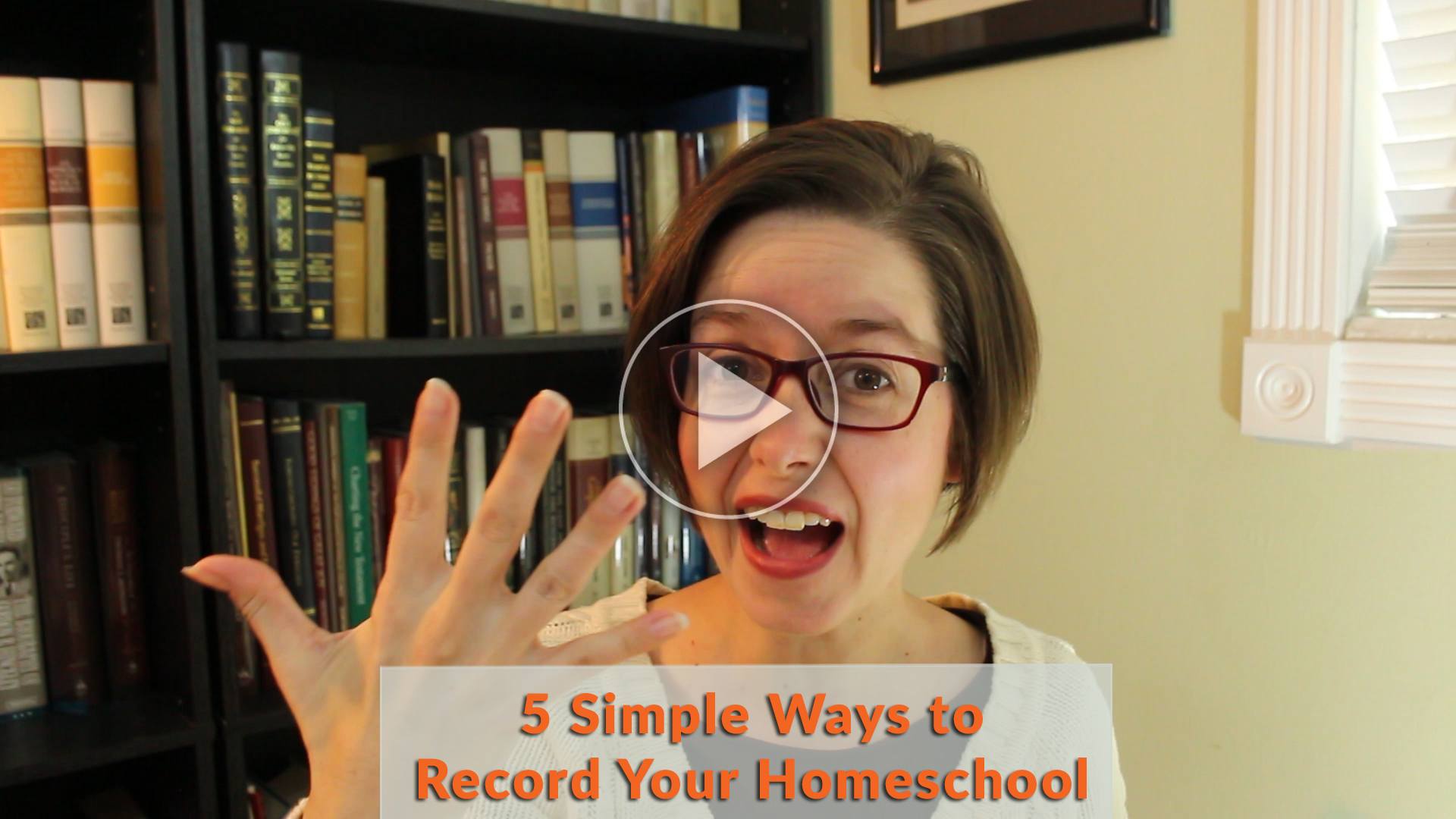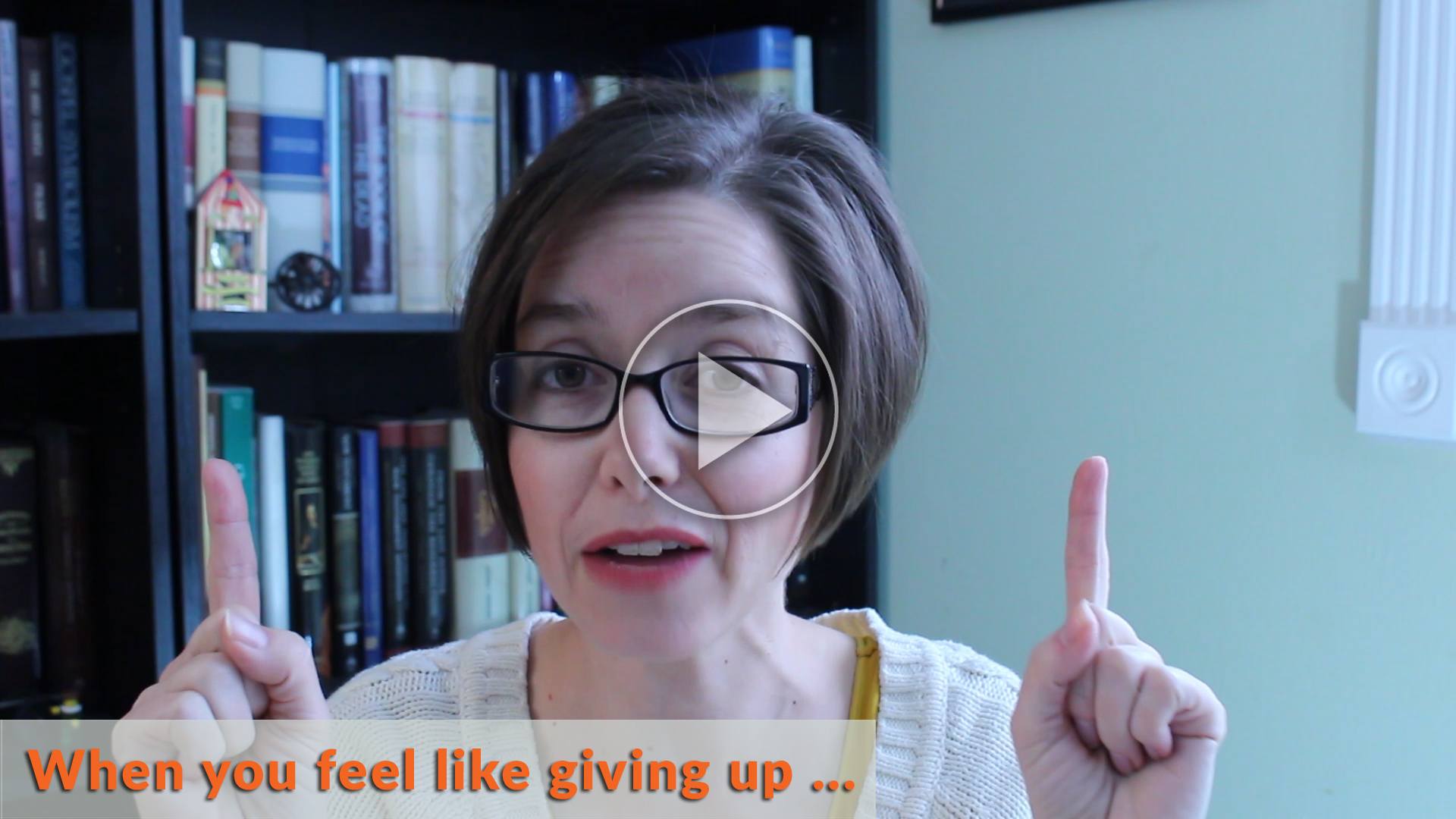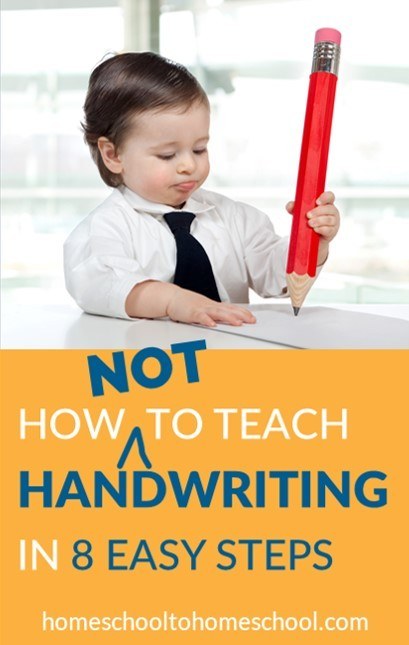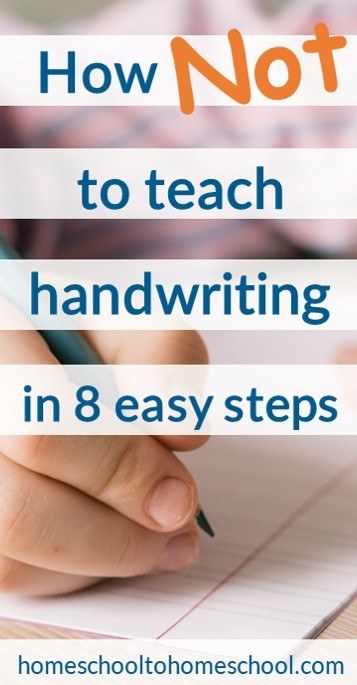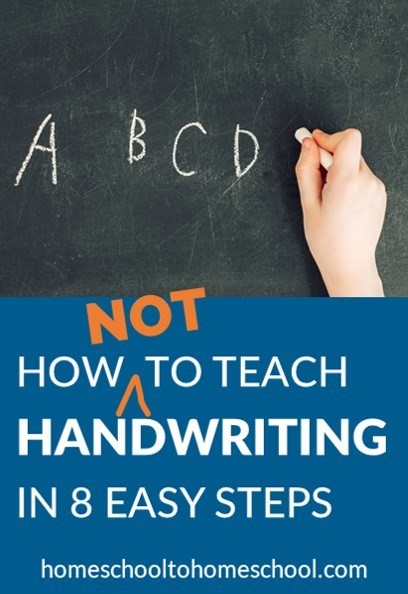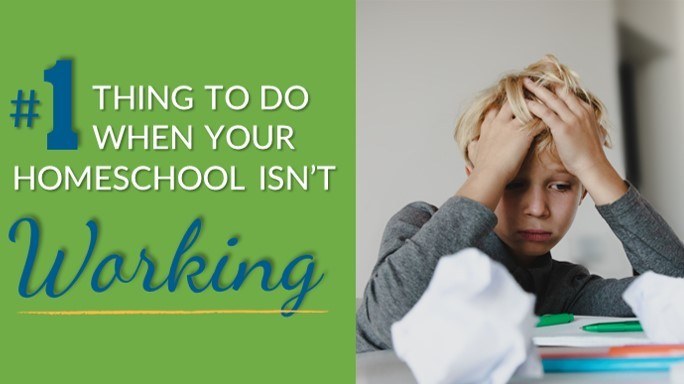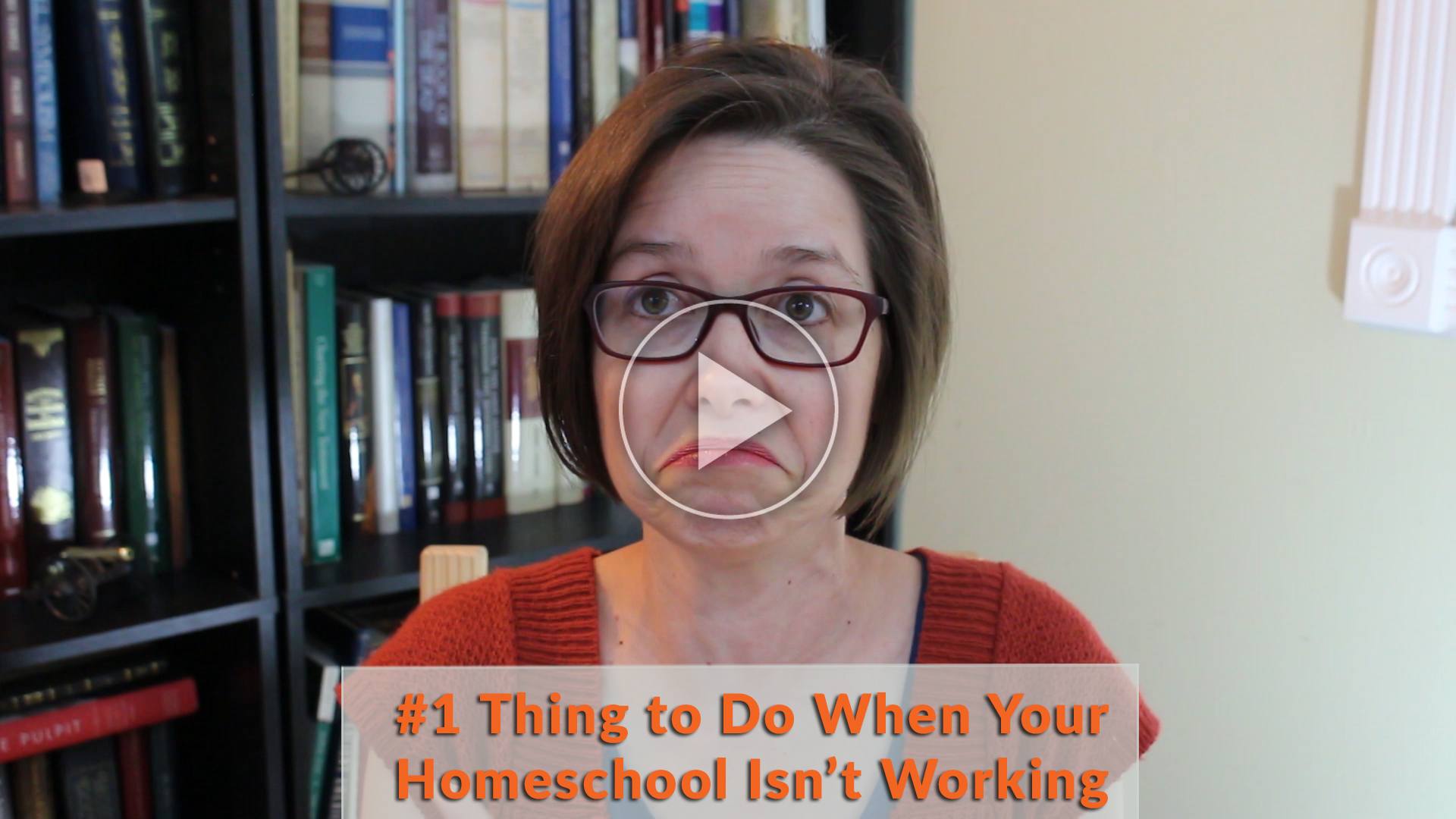When I was a new homeschool mom, creating a homeschool schedule and a homeschool routine felt a little overwhelming.
What subjects should I include?
How much could I actually accomplish?
What if I missed something, and my kids had huge holes in their education?
So I created massive color-coded homeschool schedules. I broke the day into time slots. And I plugged in math, science, spelling, history, PE, foreign language, spiritual study, reading, character development … and so much more.
I was ready. My homeschool schedule and routine was perfect. What could go wrong?
It lasted 2 weeks.
During those two weeks there were so many tears -- both from me and my kids. It was not pretty.
Homeschool Mistakes I Made
I had made the classic homeschool mistake of trying to overschedule and do too much.
I had made the newbie mistake of trying to make my homeschool look like a public school.
I had made the understandable mistake of wanting to make sure I covered “everything.”
And the result was a homeschool that was completely unrealistic and fell apart almost immediately.
So I went back to the drawing board. I took time to research homeschool routines and schedules. What did successful ones REALLY look like?
And what I discovered is that a homeschool schedule is built to serve a successful homeschool routine.
A successful homeschool routine takes into account 3 simple principles:
- Planning the “right” amount to do
- Embracing the mess
- Allowing things to change
Let’s dig in and talk about all three of those.
ALSO -- In this video I share one of the best ways to set up your homeschool so you can be confident and successful with my Confident Homeschool Foundations Program.
Use the coupon code “Routine” to get over 50% off the regular price!
In this video, I also mention several other posts and videos that I’ve made that can be helpful when putting together a successful homeschool routine that you may find helpful.
Want to keep reading instead of watch? Scroll to read a transcript of the video.
Ready to feel Confident and Successful as you homeschool?
Check out the
For a limited time, get 50% off with the coupon code "ROUTINE"
Transcript
Hello. My name's ToriAnn Perkey and from my homeschool to your homeschool today I want to talk about three easy mistakes to avoid when you're putting together your homeschool routine.
Routine Rhythm
So routine rhythm, it's really, really important in a homeschool that you have some kind of routine patterns that you follow in your day, in your week, your month, and your year. This is how you show up as a consistent homeschool mom. This is how you are successfully accomplishing all the things that you want to accomplish is by creating routines.
But there are some easy, easy, easy mistakes that you can make that I can help you avoid if we go through this video together. So let's just dive right in because if you want your homeschool days to be successful, you're going to need routines that work and we want to help you avoid the mistakes that would make them not work. Okay?
#1 Trying to do too much
Number one, what is the first of these three routines? You know, mistakes. What's the first one? Well, number one is expecting to fit in too much. It is so easy to put in so much in our homeschool. Language arts, math, science, history, foreign language, character development, PE, music, art, and that's just the categories, some of the categories. Technology, you know, coding, all of those things.
And then within that language arts, you want to do literature, you want to do grammar, you want to do writing, you want to make sure that they are doing punctuation. That can grow and then the math can grow and then the science can grow. And before you know it you have so much going on. Less is more, I promise.
It looks like you have to do so much in order to successfully confidently homeschool your kids. But the reality is you don't, you can do a lot less and have more success. A few things done very, very well work much better than a lot of things crammed in. So first mistake when setting up your routine is trying to have so much in it that it isn't possible to accomplish at all.
#2 Expecting Perfection
The second mistake that can happen so easily is expecting that every day will go perfectly. That every day you're going to plan the routine, you're going to know what you're going to do. It's all going to happen. It's all going to play out. No, no. Homeschool days are rarely predictable. There are always things. You're talking about a bunch of human beings all in one space, bumping into each other and doing all this stuff.
There are no perfect homeschool days. There are great homeschool days, and I've made videos about how to have good homeschool days and how to avoid bad homeschools days and how to turn bad days into good days, but there are no perfect days.
And so when you're setting up your routine, you want to set up your routine in a way that embraces the fact that you're going to have different kinds of days. And if you can do that, then you're going to be able to successfully move into a routine that actually works.
#3 Insisting the Routine Stay the Same
Now, the third mistake that's so easy to make is expecting that a routine once working is going to stay the same. Oh, how I wish it was true, how I wish that the perfect routine. You know, I think you could have really good routines. And I would build routines that would be working really, really, really well, and then everything would fall apart.
And what I started to notice that no matter what my routine was every four to six months, depending on how we were homeschooling, I would have to revisit the routine and sometimes completely start over. Sometimes I just would have to tweak it, but no routine lasts forever because the people who are using the routine don't stay the same. They change.
Your kids get older, your kids get bigger, they need different things, they have different ideas, they're doing different curriculum or they're doing different activities. Things change. The routine has to change. So an easy mistake is to think that once you've found it or that if you can find the right routine, it will suddenly work forever. It just doesn't work. The healthy way to look at routines is to consider what does work in your family. To embrace the change, to be open to the fact that things are going to look different, different days.
There is a Video for that
To learn about what do typical days look like and you know, how do I change good days to a bad day or bad days to good days? How do I have good days? And I've made videos on all of those. I'm gonna include links on my blog. So if you're watching this video somewhere else, head over to the blog so you can see the links of all these other videos. I've talked about how we do this so that routines are successful.
Become a Confident Homeschool Mom
The other thing I want to recommend is I actually have a course that's all about this. It's all about setting up a successful homeschool, taking into account you and your children and all these other things so that you can create routines that will work. That will work for your family, that are individualized based on the knowledge and the principles culled from so many different areas. So I would strongly recommend that if you are struggling to build good routines or you want to build good routines from the very beginning, check it out.
It's called The Confident Homeschool Foundations Program. There will be a link up above or down below, and if you check it out and you're interested, you can actually get 50% off the retail price. If you put the word "ROUTINE" in the coupon box. “ROUTINE” if you put in “ROUTINE.”.
It'll give you 50% off the retail price so that you can create the whole foundation that you need to have a successful and confident homeschool because that's why I make these videos. That's why I talk about this stuff. I make these videos every week so that you can be a successful and confident homeschool mom.
Save for later by pinning to your favorite Pinterest board!
